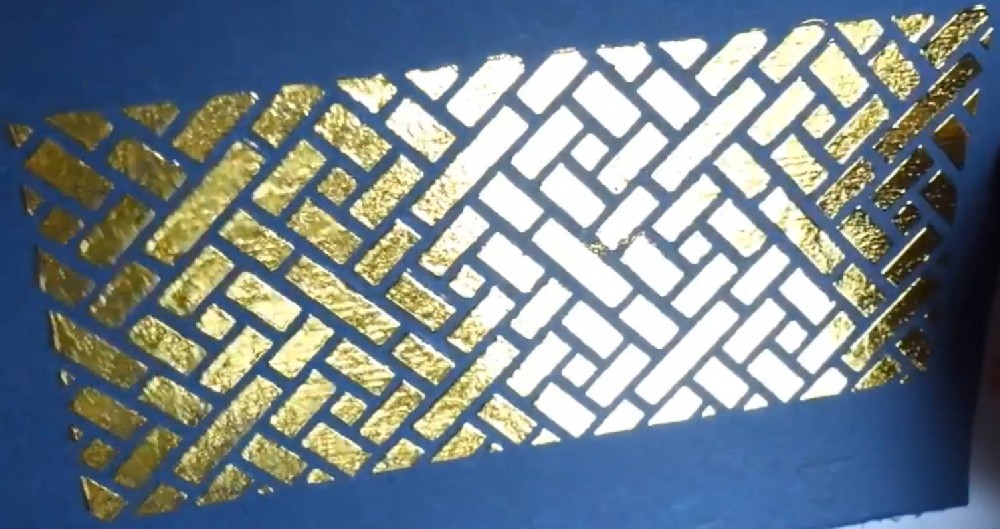Fabric hot stamping technology is a process of transferring metal foil to fabric through hot pressing. It increases the fabric's visual effect and enhances the product's added value. This article will detail the basic principles, steps, and solutions to common problems with fabric hot stamping.

Fabric hot stamping uses high temperatures to transfer hot stamping paper with metal foil to the fabric's surface. The metal foil on the hot stamping paper melts at high temperatures and adheres to the fabric to form a bright metal pattern.
Choose hot stamping paper: Choose suitable hot stamping paper according to the type of fabric. Joint hot stamping paper is PET-based hot stamping paper.
Apply hot stamping glue: Apply special hot stamping glue on the fabric to ensure uniform coverage of the pattern area.
Hot pressing transfer: Cover the hot stamping paper on the glue-coated area and transfer the metal foil to the fabric through high-temperature hot pressing.
Cooling and peeling: After the hot stamping paper cools down, peel it off slowly to complete the transfer of the hot stamping pattern.
Pattern discoloration: Pattern discoloration after hot stamping may be caused by high temperature. Adjusting the hot pressing temperature and time is recommended.
Need for more hot stamping fastness: The hot stamping pattern quickly falls off, possibly due to incompatible glue or insufficient hot pressing. Selecting suitable hot stamping glue and optimizing hot pressing parameters is necessary.
Fabric hot stamping technology adds high-end visual effects to clothing and home textile products. In actual operation, attention should be paid to material selection and process parameter control to ensure hot stamping quality and fastness.
Here, you can submit your questions and needs online, we will contact you as soon as possible or direct online reply!
If a response is urgently needed, please call 00864009969505
 WeChat
WeChat